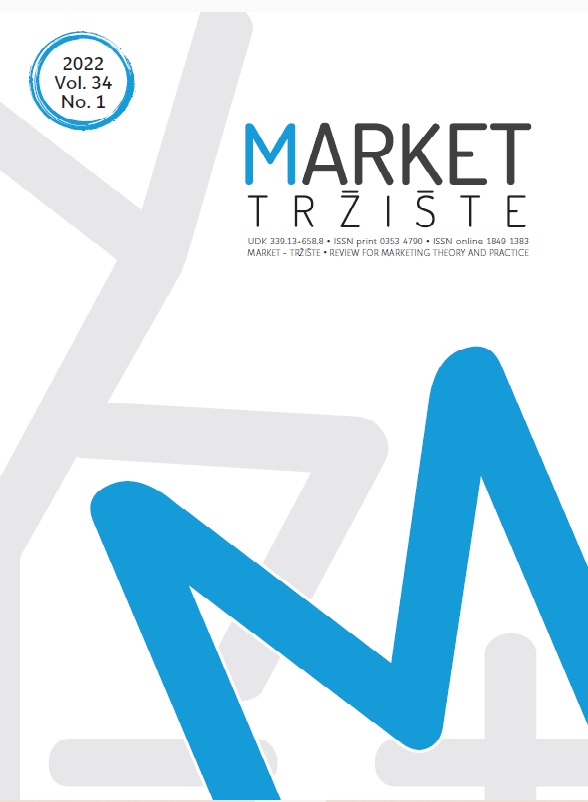Brand Presence in Decision-Making Involving Decoys
Brand Presence in Decision-Making Involving Decoys
Author(s): Radka Kubalová, Martin KlepekSubject(s): Marketing / Advertising
Published by: CROMAR (Hrvatska zajednica udruga za marketing) i Ekonomski fakultet Zagreb
Keywords: attraction effect; brand; compromise effect; consumer choice; decision-making; decoy effect;
Summary/Abstract: Purpose – Context effects have emerged as an area of interest in cognitive psychology. In the majority of experiments in the field, product alternatives are typically labeled with letters rather than with actual brand names. However, neglecting the ubiquitous brand in research design imposes unrealistic conditions. Thus, the aim of this paper is twofold. The first aim is to replicate classic decoy and compromise effect studies to create space for future meta-analytical research. The second aim is to explore the impact of brand presence on the two previously mentioned effects. Design/Methodology/Approach – A survey experiment was conducted with a 2x2 fully between-subjects factorial design. Data was collected from 1,050 members of a consumer panel through an online survey and analyzed using the Chi-squared test and binary logistic regression. The effect sizes were computed using Cramer’s phi. Findings and Implications – While the research found no statistically significant decoy effect, regardless of brand presence, the compromise effect was significant and more robust, although of reduced magnitude due to the presence of brands. Limitations – The major limitation of this study with regard to result interpretation is the fact that the respondents were faced with making hypothetical purchase decisions and expressed their preference without facing any economic consequences of their choice. Originality – Although the study builds on previous research on context effects and the role of brands, it also focuses on their impact on decision making by Central/Eastern European consumers. A sample representative of the Czech population was used instead of the convenient student samples most often found in the literature.
Journal: MARKET/TRŽIŠTE
- Issue Year: 34/2022
- Issue No: 1
- Page Range: 9-24
- Page Count: 16
- Language: English

